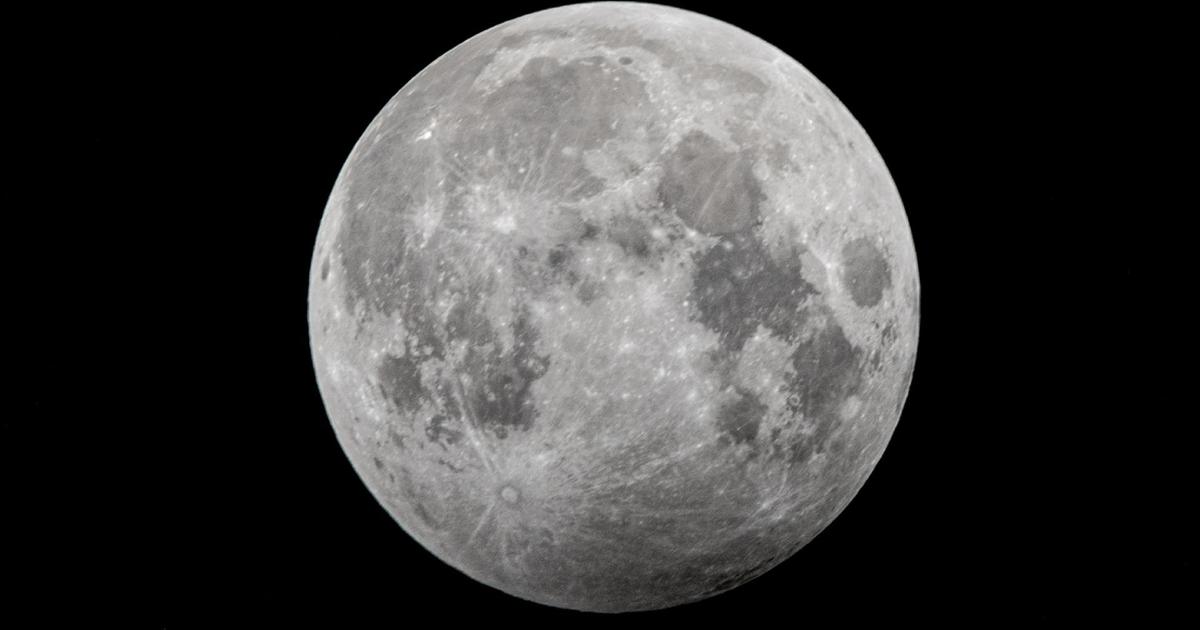Moon's shadow on Earth from "ring of fire" eclipse seen from space
Satellite photos provide a spectacular new perspective on this week's "ring of fire" solar eclipse.
The dramatic eclipse, which occurred Sunday (Feb. 26), reduced the sun to a blazing ring of light over southern Chile and Argentina, a stretch of the Atlantic Ocean and parts of Africa. But Earth-observing satellites witnessed something much different -- the moon's dark, ragged shadow sweeping across the planet's face.
You can check out this bird's-eye view in a dazzling new solar eclipse video, which combines imagery from four different satellites: NASA's Terra and Aqua spacecraft; the NASA/National Oceanic and Atmospheric Administration (NOAA) DSCOVR satellite; and Suomi NPP, which is operated by NASA, NOAA and the U.S. Department of Defense.
DSCOVR (whose name is short for Deep Space Climate Observatory) takes its measurements from the sun-Earth Lagrange Point 1, a gravitationally stable spot 930,000 miles from our planet.
Terra, Aqua and Suomi NPP all circle Earth. In fact, the three spacecraft share an orbit, though they zoom over the same stretches of Earth at different times.
A ring of fire (also known as an "annular") solar eclipse occurs when the moon is relatively far from Earth in its elliptical orbit. If the moon had been at or near perigee -- its closest approach to Earth -- on Sunday, a total solar eclipse would have resulted.
Sunday's eclipse serves as a warm-up of sorts for an event that Americans have been looking forward to for years -- the total solar eclipse of Aug. 21, 2017. On that day, a total solar eclipse will be visible from a huge swath of the United States mainland, from Oregon on the West Coast to South Carolina on the East Coast.
The Aug. 21 event will be the first total solar eclipse to be visible from the contiguous states since 1979, and the first one ever whose "path of totality" hits the U.S. and no other country. (The last one that would have qualified in this latter respect occurred before the U.S. gained its independence in 1776.)
Follow Mike Wall on Twitter @michaeldwall and Google+. Follow us @Spacedotcom, Facebook or Google+. Originally published on Space.com.
Editor's Recommendations





